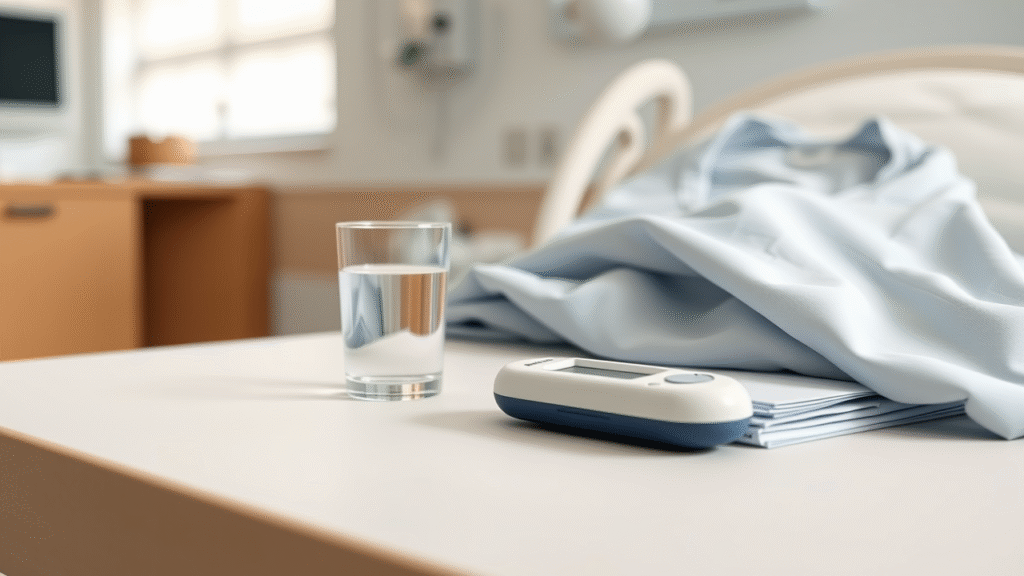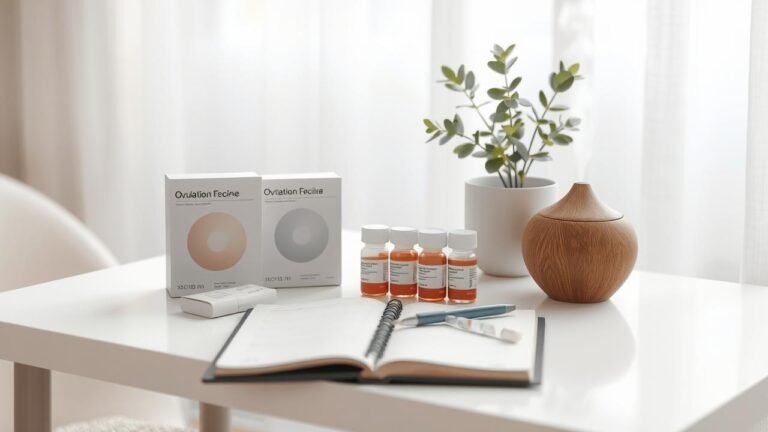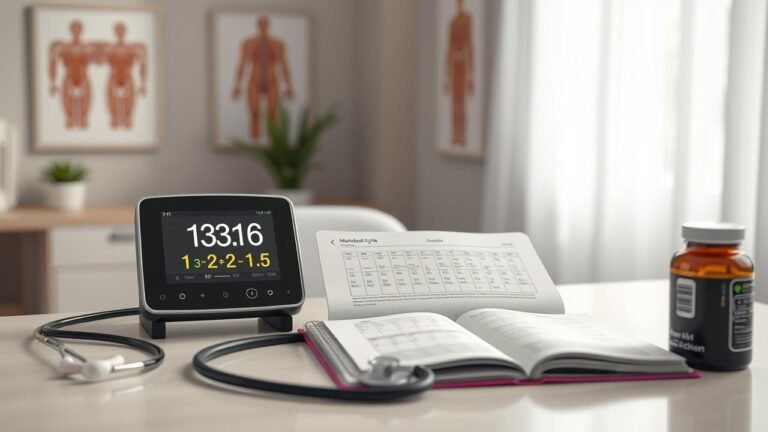When your water breaks earlier than expected, it can trigger immediate concern and uncertainty. Premature rupture of membranes is a critical event that demands quick understanding and action to protect both mother and baby. This guide explores the key signs, causes, and potential complications of early water breaking. It also offers practical advice on emergency steps to take at home, when to seek urgent medical care, what to expect during hospital delivery, and how ongoing monitoring supports recovery. Finally, we’ll discuss ways to reduce risks through preventive habits for a safer pregnancy journey.
Understanding Premature Rupture of Membranes: Key Signs and Risks
Understanding premature rupture of membranes (PROM) is crucial for recognizing when your water breaks too early and knowing the immediate steps to take. PROM occurs when the amniotic sac ruptures before labor begins, signaling potential risks for both mother and baby. Key signs include a sudden gush or steady leakage of fluid from the vagina, often clear or pale yellow in color. Recognizing these symptoms early can prompt timely emergency responses outlined later in the blog, such as how to manage PROM safely at home and when to seek urgent medical care. Awareness of PROM’s risks also ties into understanding common causes and complications discussed in other sections, helping expectant mothers grasp why prompt hospital evaluation is essential. This foundational knowledge supports better preparation for delivery after premature water breaking and informs long-term monitoring strategies that safeguard maternal and fetal health throughout pregnancy.
Common Causes and Risk Factors Leading to Premature Water Breaking
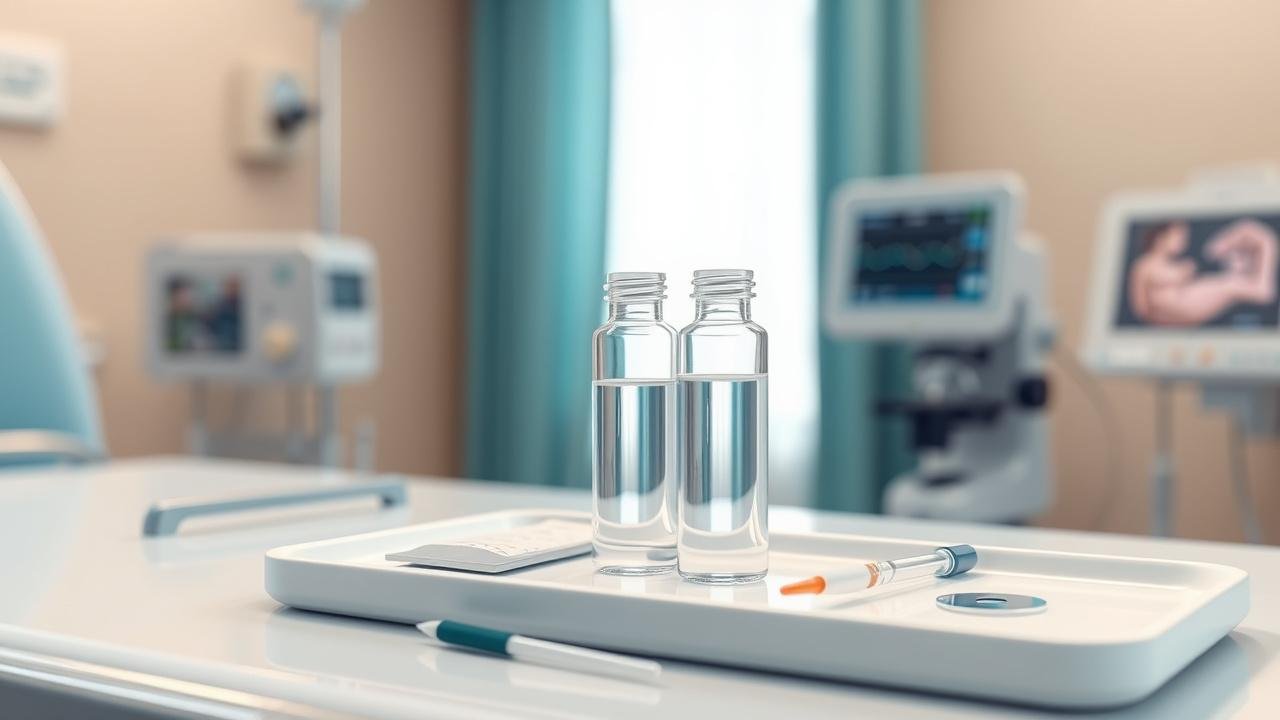
Premature water breaking, medically known as premature rupture of membranes (PROM), often stems from a combination of causes and risk factors that can compromise the amniotic sac’s integrity. Common contributors include infections in the reproductive tract, previous preterm births, or structural abnormalities in the uterus or cervix. Lifestyle factors such as smoking and inadequate prenatal care also increase vulnerability. Understanding these triggers is crucial, as highlighted in the blog’s section on preventive measures and lifestyle adjustments to reduce risk. Recognizing these causes helps expectant mothers anticipate potential complications covered later, like infection or preterm labor, which require immediate action outlined in emergency response guidelines. Early identification of risk factors supports timely medical intervention discussed under when to seek medical attention and prepares families for hospital care after PROM occurs. This foundational knowledge connects with long-term monitoring strategies ensuring both mother and baby receive comprehensive support following premature water breaking.
Potential Complications and Health Concerns After Premature Water Breaking
Potential complications and health concerns after premature water breaking pose significant challenges that require immediate attention to safeguard both mother and baby. Once the amniotic sac ruptures too early, there is an increased risk of infection, as the protective barrier against bacteria is compromised. This concern connects closely with the urgent symptoms detailed in the “When to Seek Medical Attention” section, emphasizing why timely hospital care is critical. Additionally, premature rupture can lead to umbilical cord compression or preterm labor, complicating delivery preparations discussed in the “Preparing for Delivery” segment. Long-term monitoring becomes essential to detect issues like fetal growth restriction or ongoing infections, linking directly with post-rupture care strategies outlined later in the blog. Understanding these risks also highlights the importance of recognizing key signs from the initial rupture explained in “Understanding Premature Rupture of Membranes,” as well as adopting lifestyle adjustments mentioned under prevention to minimize recurrence and promote maternal-fetal health.
Emergency Response: How to Safely Manage Premature Water Breaking at Home
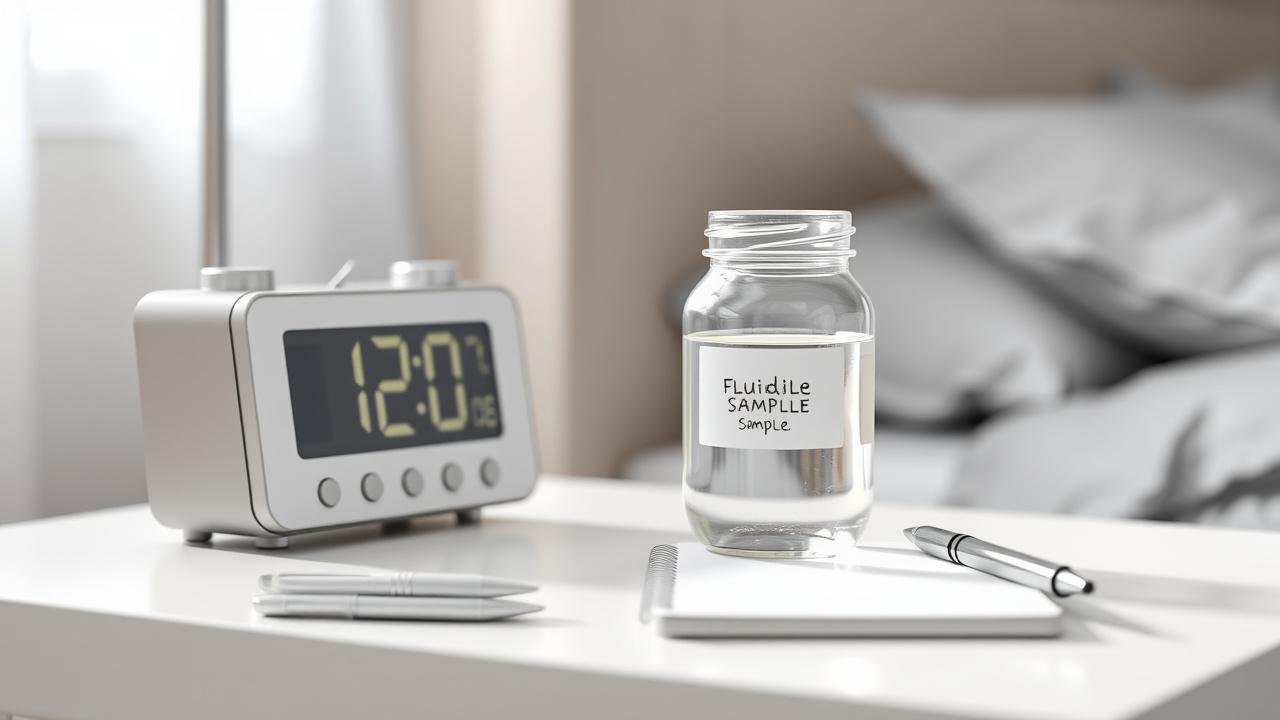
In the critical moments after your water breaks prematurely at home, knowing how to respond safely is essential for both you and your baby’s well-being. Immediate actions include staying calm, noting the time and color of the fluid, and avoiding activities that could introduce infection, such as inserting anything vaginally. This emergency response ties directly to recognizing key signs and risks outlined in the section on premature rupture of membranes, helping you differentiate normal leakage from urgent situations discussed under when to seek medical attention. Promptly contacting your healthcare provider or heading to the hospital prepares you for specialized care described in preparing for delivery after premature water breaking. By managing these initial steps carefully, you reduce potential complications covered elsewhere in the blog and set a foundation for long-term monitoring and recovery. Understanding this immediate management helps bridge knowledge from causes through prevention, ensuring a safer journey through this unexpected event.
When to Seek Medical Attention: Identifying Urgent Symptoms After Your Water Breaks Early
Recognizing when to seek immediate medical attention after your water breaks prematurely is crucial for both maternal and baby safety. Urgent symptoms such as heavy bleeding, intense abdominal pain, fever, or a sudden decrease in fetal movement signal potential complications that require prompt evaluation. These warning signs often indicate infection or labor progression, topics explored in the sections on potential complications and emergency response. Timely intervention can prevent risks outlined in the discussion of premature rupture of membranes and its health concerns. Understanding these red flags also prepares you for hospital care and delivery planning, as highlighted later in the blog. By combining knowledge from causes and risk factors with preventive strategies, you can better anticipate situations needing urgent care, ensuring swift action protects your well-being during this vulnerable time.
Preparing for Delivery After Premature Water Breaking: What to Expect in the Hospital
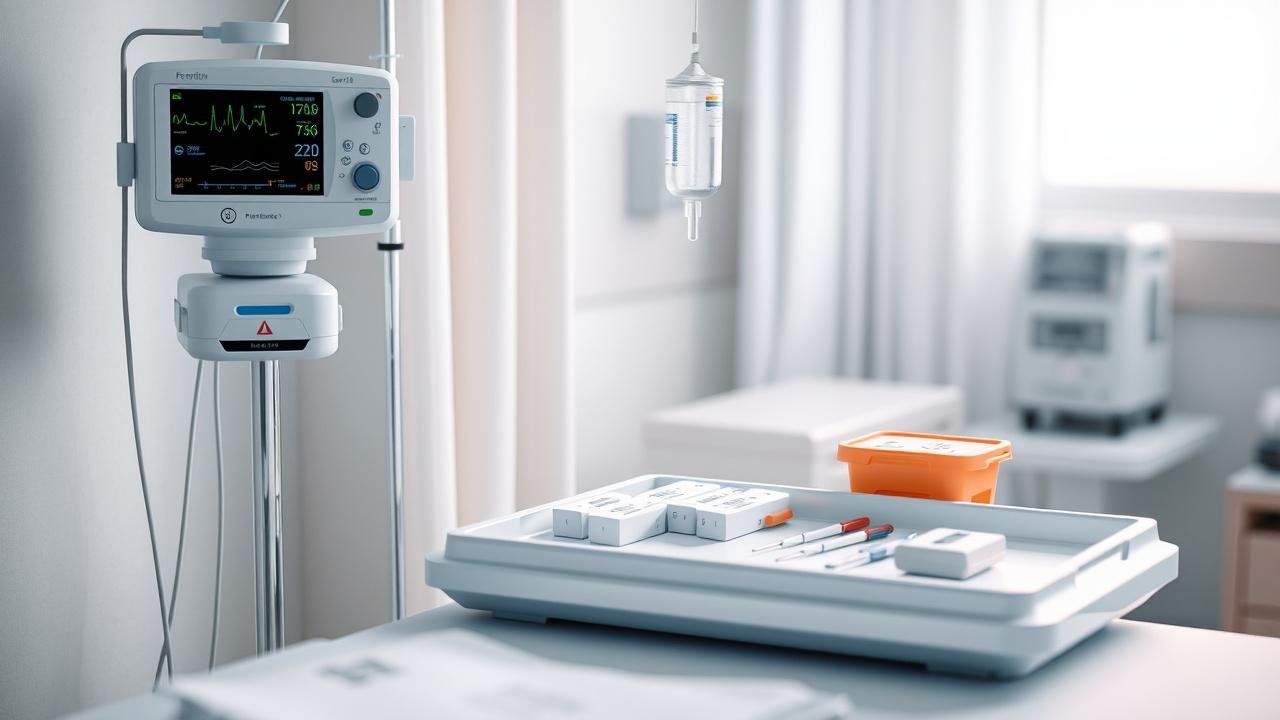
Preparing for delivery after premature water breaking involves careful monitoring and timely medical intervention once you arrive at the hospital. Healthcare providers will assess both maternal and fetal health, often conducting tests to check for infection or labor progression, which ties closely to understanding potential complications discussed earlier. Expect continuous monitoring of contractions, temperature, and fetal heart rate to manage risks highlighted in the section on health concerns after premature rupture of membranes. The medical team may administer antibiotics or medications to delay labor if necessary, reflecting preventive strategies mentioned in the lifestyle adjustments section. This phase requires clear communication about symptoms you’ve noticed since your water broke early, linking back to identifying urgent signs that necessitate immediate care. Overall, hospital preparation balances readiness for possible early delivery while minimizing risks through vigilant observation and interventions designed to support a safe outcome for both mother and baby.
Long-Term Monitoring and Care Following Premature Rupture of Membranes
Long-term monitoring and care following premature rupture of membranes (PROM) are essential to safeguard both maternal and fetal health after the initial emergency response. Once immediate actions have been taken, as detailed in the section on managing premature water breaking at home, ongoing medical supervision helps detect potential complications such as infections or preterm labor discussed earlier in the blog. Regular prenatal visits often include ultrasounds and fetal heart rate monitoring to ensure the baby’s well-being while preparing for delivery after PROM. This continuous observation also ties into understanding key signs and risks, allowing timely intervention if urgent symptoms arise. Additionally, healthcare providers may recommend lifestyle adjustments highlighted under preventive measures to support recovery and reduce further risk. Ultimately, long-term care transforms an acute event into a managed condition, promoting safer outcomes through vigilance and informed decision-making throughout the remainder of pregnancy.
Preventive Measures and Lifestyle Adjustments to Reduce the Risk of Premature Water Breaking
Taking proactive steps to lower the chance of premature water breaking can make a meaningful difference in pregnancy outcomes. Adopting healthy habits, managing stress, and staying vigilant about warning signs support both mother and baby’s well-being. These preventive efforts connect closely with understanding risks, knowing when to seek help, and preparing for any necessary medical care. Throughout this journey, consistent monitoring and compassionate guidance remain essential. At MomDadDispatch.com, you’ll find a caring resource dedicated to helping families navigate these challenges with confidence and calm.

